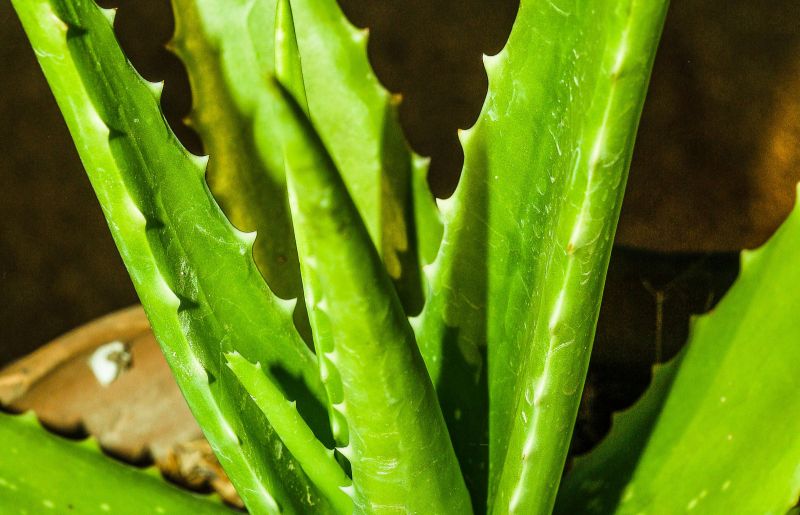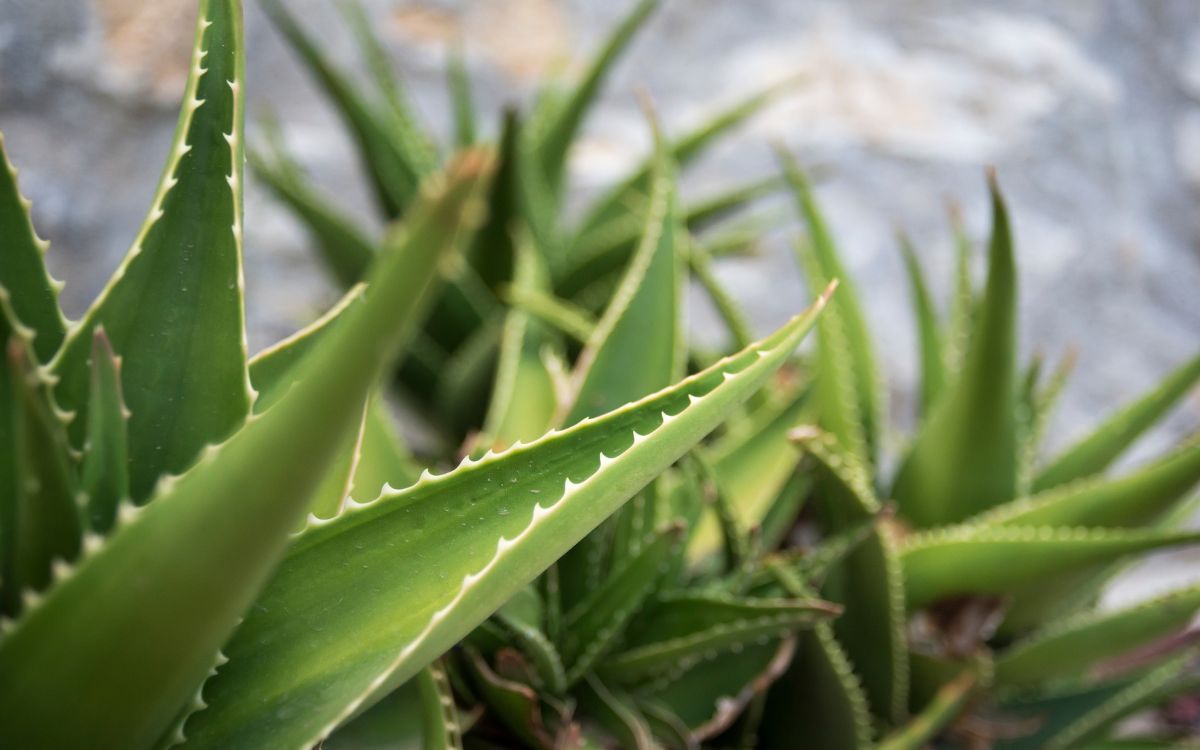Aloe vera plants are the type of plants that comes with a lot of health benefits. These plants are pretty sturdy compared to most, but these die when they don’t receive the minimum maintenance. When not taken care of properly, they develop black spots on their leaves. So, how do we prevent black spots on Aloe plants?
We have provided a few steps following which you can get rid of these black spots. Follow these steps, and that would be all. We hope the solutions provided here will be of help to you.
How To Prevent Black Spots on Aloe Plant
Aloe Plants only have dark spots when they get infected by fungus. Along with the dark spots, root rot is also a sign of the same, and here is what you can do to solve this issue.
Pruning And Treatment
Pruning is a way following which you might be able to prevent this. To do that, you can prune the parts of the plant that have black spots. Removing the leaf itself will be the better choice if black spots are at the base or bottom of the leaf. You also need to check the root of the plant for root rot. If root rot is present, removing the plant or starting a new batch would be the better choice here. This is because saving plants from root rot is very hard.
As for treatment, you can try treating the plant with a fungicide to get rid of the fungus. Also, reduce the amount of irrigation to ensure that the fungicide can fight the disease. If the back spots are popping up due to the action of pests, using a pesticide would be the right play here.
Are your banana plant leaves turning brown? To know more, read What To Do When Indoor Banana Plant Leaves Turns Brown.

Humidity
Plants cannot survive without photosynthesis, and the same applies to Aloe vera plants. Aloe vera plants start to develop black spots when exposed to extreme humidity for an extended period. And since there won’t be any water to perform, the plant will start taking the water stored in its leaves, thus developing black spots.
But the opposite is possible, where the leaves get black spots due to low humidity. To solve this issue, you can introduce the plant to an area where the humidity is high for 5 to 10 hours. If moving the plant around from time to time is impossible, you can get a plant humidifier and set the humidity to approximately 40% higher than the surrounding area. The best solution for the plants planted on soil beds would be to spray water regularly on the affected parts.
Watering
Like most plants, Aloe Vera gets affected by root rot when it is overwatered. To some, it may look like they are in constant need of water just because they have thick leaves that are juicy and plump. But the plant doesn’t need much water as it has quite a lot of water. And just like that, they end up getting overwatered. This leads to different types of soft rot, root rot, etc. While they have root rot, water and nutrients are not transported to other parts of the plant and slowly die away.
So, before you start watering your Aloe vera plants, you must check the soil’s top inch. This will give you a rough idea about whether the plant needs more water or not. But if you see waterlogged around the plant, then abstain from watering the plant for a week or two. If the plant is in a pot, just ensure it has proper drainage.
Is your Polka Dot plant flowering? To learn more, read Why Is My Polka Dot Plant Flowering (Do This FIRST!)
Sunlight
Aloe Vera is one of the plants that love sunlight, but they start dying when exposed to too much of it. First, they develop black spots and slowly start wilting away. That happens because the plants lose their moisture when placed or exposed to heat for an extended time.
The remedy to this problem is that you can grow the plant where it will receive partial sunshine. This way, it will receive the necessary sunlight and won’t lose its moisture. If it’s already potted, you can move the pot to a place where it can get sunlight and shade. If the plant is in a soil bed, try putting a light shade over the plant. This will prevent extra sunlight from reaching the leaves and keep them moist. These plants can also be placed near artificial light.
Temperature
Pathogens are another reason why aloe vera plants develop black spots. And pathogens grow when there is too much moisture in the soil due to the decrease in temperature below 16-degree C. This also halts the growth of the leaf’s cells and tissues and surfaces as black spots.
The best way to solve this issue would be to keep the plants insulated when the temperature drops. You can either keep the plant covered, or you can move them to an area where it can receive some artificial heat.
Many plants love wood ash. To know about those, read Which Plants Like Wood Ashes?
Wrap Up
So, there you have it. These are some of the ways by which you could get rid of black spots on aloe vera leaves. But if you keep thinking that black spots will go on their own if you let the plant be, then you are pretty wrong. Pruning is one of the best ways to eliminate the black spots, but starting another batch would be the right choice if the plant gets root rot.

Leave a Reply